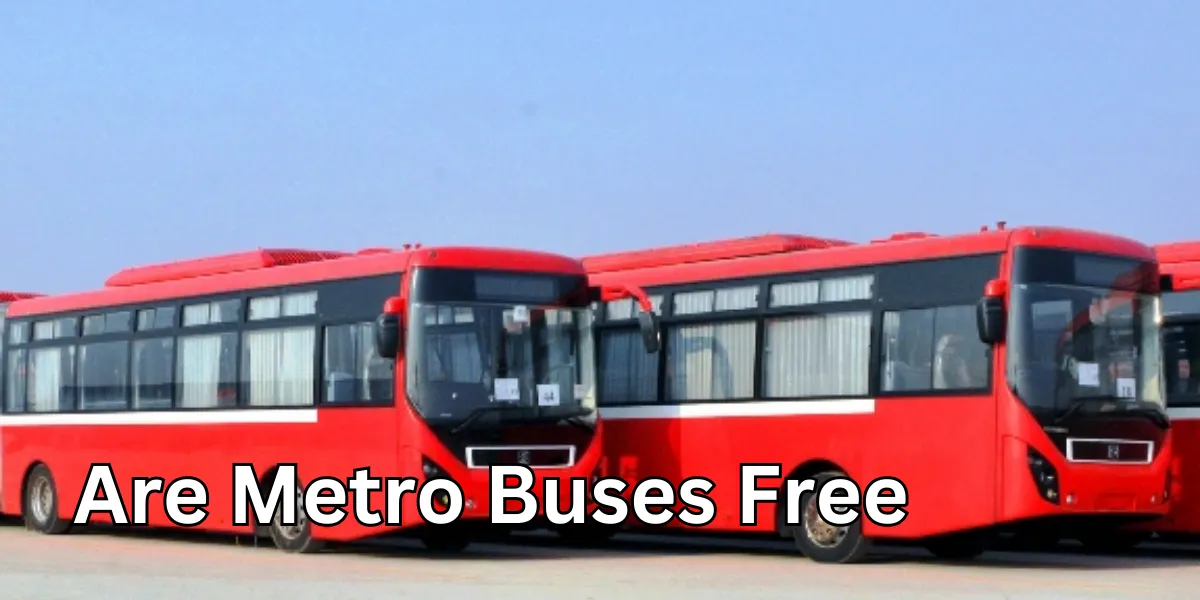Are Metro Buses Free: Exploring Public Transportation Fare Policies
Public transportation plays a pivotal role in modern cities, offering a cost-effective and eco-friendly mode of travel. As urban centers continue to grow, the question arises: Are metro buses free? In this article, we delve into the intricate world of public transportation fare policies, exploring the concept of free metro buses, available discounts, accessibility, and the wider impact on urban communities.
Understanding Fare Structures: Free or Fee?
The Landscape of Fare-Free Metro Buses
Public transportation systems vary widely in their fare policies. While some cities offer fare-free metro bus services, others implement fare structures to cover operational costs. Fare-free systems are often seen as an attractive incentive to promote public transit ridership, reduce traffic congestion, and minimize environmental impact.
Factors Influencing Fare Policies
- Economic Considerations (h3): The decision to offer free metro buses is influenced by economic factors. Cities with robust financial backing may opt for fare-free systems as a social investment to enhance residents’ quality of life.
- Budget Constraints (h3): Municipalities facing budget limitations may need to charge fares to sustain public transportation operations. Fare revenue contributes to maintaining service frequency and infrastructure.
The Role of Discounts and Subsidies
Reduced Fares for Specific Groups
Many cities provide discounted or free metro bus travel to specific demographics, such as students, senior citizens, and people with disabilities. These programs aim to ensure equitable access to public transportation and improve social inclusion.
Government Subsidies
In certain cases, governments allocate subsidies to public transportation agencies, enabling them to offer reduced or free metro bus services. Subsidies can be a driving force behind affordable and accessible transit options for the general population.

The Accessibility Factor
Inclusive Design
Efforts to make metro buses universally accessible are gaining momentum. Low-floor buses, ramps, priority seating, and audible announcements cater to passengers with mobility challenges, making public transportation a viable option for everyone.
Socioeconomic Impact
Accessible and affordable metro buses have far-reaching socioeconomic benefits. They enhance employment opportunities, grant access to essential services, and lower transportation costs for marginalized communities.
Beyond Fares: Broader Urban Impact
Environmental Considerations
Fare-free or affordable metro buses contribute to reducing carbon emissions by encouraging people to choose public transit over personal vehicles. This shift towards sustainable transportation aligns with cities’ environmental goals.
Congestion Reduction
Free metro bus systems alleviate traffic congestion, leading to reduced travel times, improved air quality, and enhanced overall urban mobility.
The question “Are metro buses free?” unveils a complex interplay of economic, social, and environmental factors. While some cities opt for fare-free systems to promote accessibility and sustainability, others rely on fares to maintain service quality. As urban centers evolve, finding the right balance between fare policies and inclusive urban design remains crucial for fostering thriving and equitable communities.
Business Bay Metro Bus Stop Landside
The Business Bay Metro Bus Stop Landside is a vital hub connecting commuters in the heart of a bustling business district. Offering seamless transfers between metro and bus services, it enhances urban mobility and accessibility, ensuring a smooth journey for professionals and residents alike.
Happy Farm Ajman
Nestled in the serene landscapes of Happy Farm Ajman, stands as a testament to sustainable agriculture and agritourism. With a focus on organic practices and joyful farm experiences, it invites visitors to reconnect with nature, savor fresh produce, and embrace the tranquility of rural life.



